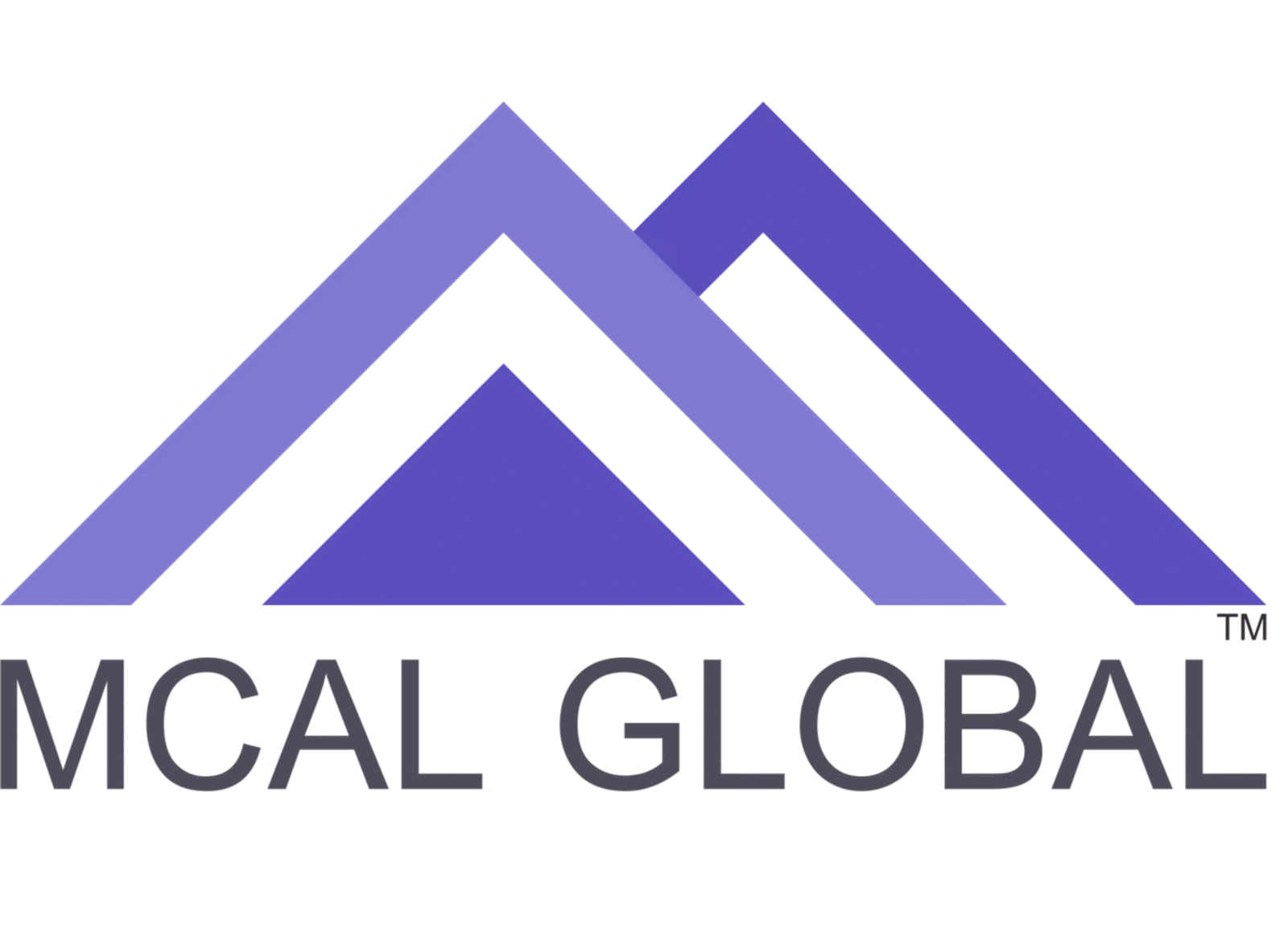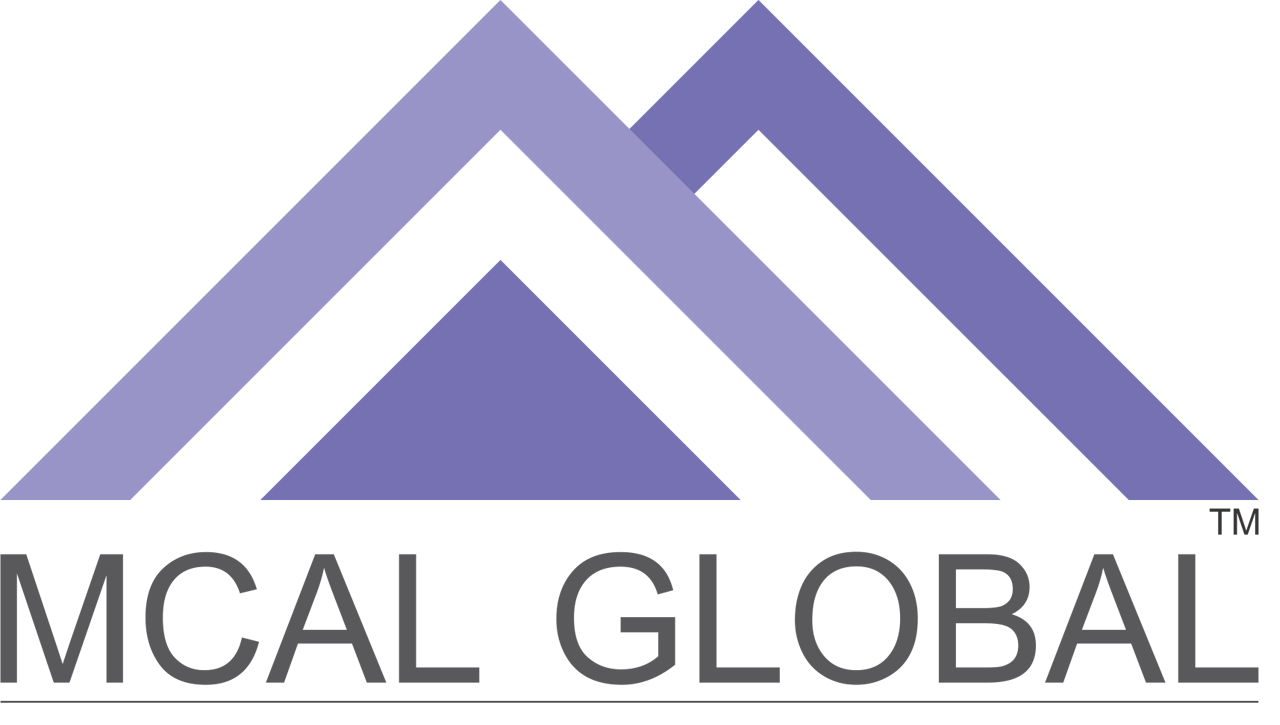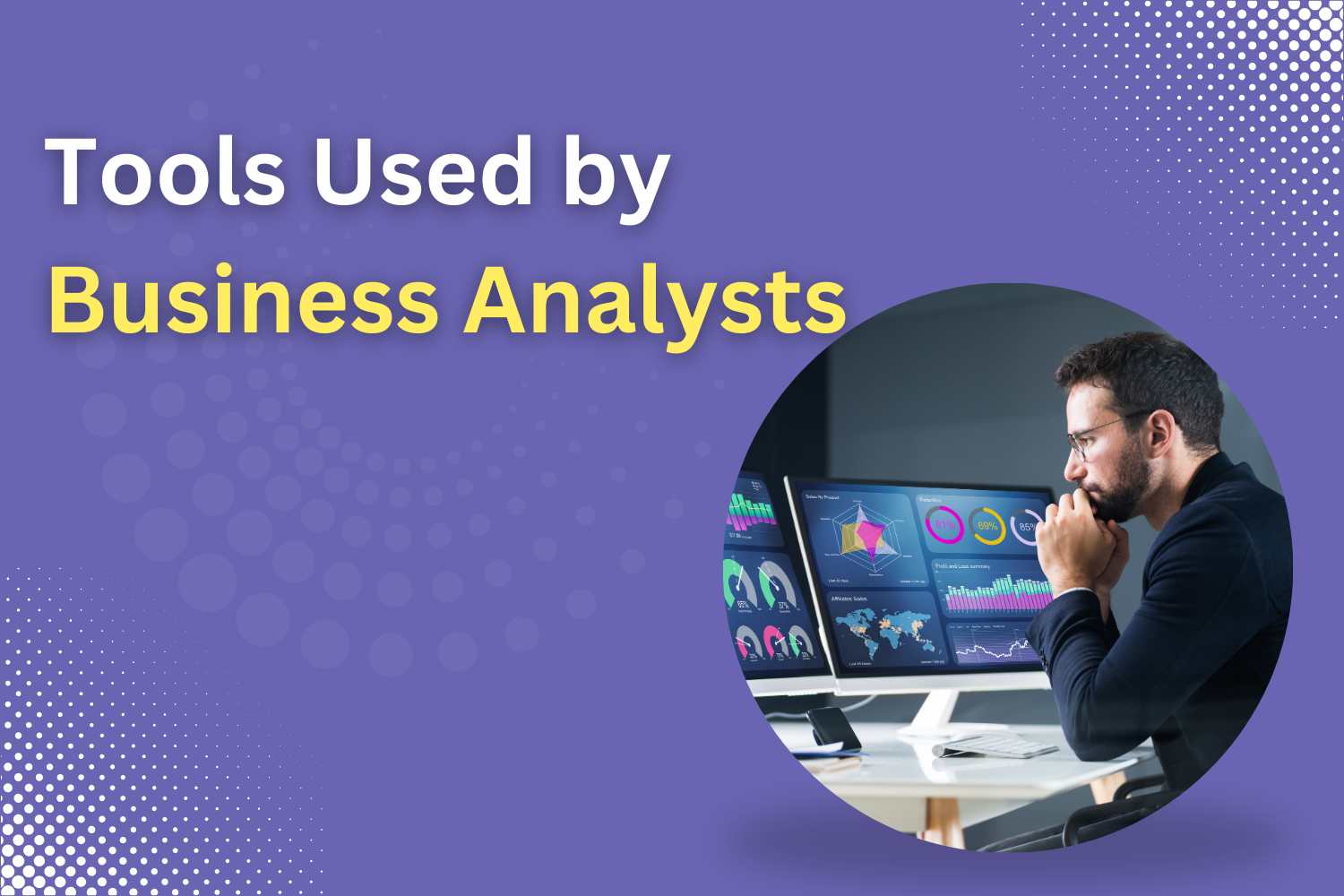The role of tools in business analysis is paramount, serving as indispensable aids that empower business analysts to perform their roles more effectively and efficiently. These tools play a crucial role in several key aspects of business analysis:

Efficient Data Handling and Analysis: Tools streamline the process of gathering, organizing, and analyzing data. Business analysts deal with copious amounts of information, and tools like data visualization software, statistical analysis tools, and spreadsheet applications enable them to derive insights and make informed decisions.
Requirement Gathering and Documentation: Tools designed for requirement management, modeling, and documentation facilitate the collection, organization, and communication of business requirements. These tools ensure that requirements are captured accurately, documented comprehensively, and shared effectively with stakeholders and development teams.
Facilitating Communication and Collaboration: Collaboration platforms, project management software, and documentation tools play a vital role in fostering communication and collaboration among diverse stakeholders. These tools enable effective sharing of information, feedback, and updates, ensuring everyone involved is on the same page.
Process Analysis and Design: Tools used for business process modeling, prototyping, and diagramming aid in visualizing and designing efficient business processes. They help in identifying bottlenecks, optimizing workflows, and presenting solutions in a clear and understandable format.
Data Visualization and Reporting: Business analysts often need to present findings and insights to stakeholders and management. Tools for data visualization and reporting allow analysts to create compelling visual representations of data, making complex information easier to comprehend and enabling better decision-making.
Adaptation to Changing Technologies: Emerging technologies integrated into business analysis tools, such as artificial intelligence, automation, and machine learning, empower analysts to handle complex tasks more efficiently. These technologies enhance analytical capabilities and support the analysis of vast datasets.
Support for Methodologies and Specializations: Tools cater to specific methodologies such as Agile, Waterfall, or hybrid approaches, providing support for various phases of projects. Additionally, specialized tools for domains like finance, healthcare, or retail help in addressing industry-specific needs.
Table of Contents
ToggleRequirement Gathering and Documentation Tools Used by Business Analysts
Business analysts rely on various tools specifically designed to streamline the process of requirement gathering, documentation, and management. These tools facilitate the capture, organization, and communication of business requirements effectively. Some of the prominent requirement-gathering and documentation tools used by business analysts include:
JIRA: JIRA is a widely used project management and issue-tracking tool that allows business analysts to create user stories, manage tasks, and track project progress. It aids in documenting requirements, organizing them into epics and user stories, and collaborating with development teams.
Trello: Trello is a visual collaboration tool that uses boards, lists, and cards to organize tasks and ideas. Business analysts often utilize Trello for managing requirements in an easy-to-understand visual format, and creating boards for different projects or aspects of requirements.
Lucidchart: Lucidchart is a web-based diagramming tool that assists in creating various visual representations, including flowcharts, diagrams, and process maps. Business analysts utilize Lucidchart to visually represent business processes, system architectures, and data models.
These tools provide business analysts with structured frameworks and platforms to gather, document, organize, and manage requirements efficiently. The selection of a particular tool often depends on the organization’s preferences, project requirements, collaboration needs, and the nature of the business analysis activities being performed.
Process Analysis and Design Tools Used by Business Analysts
Business analysts rely on various process analysis and design tools to visualize, analyze, and optimize business processes. These tools aid in understanding, documenting, and improving workflows, enabling BAs to identify inefficiencies, streamline operations, and propose optimized solutions. Some commonly used process analysis and design tools by business analysts include:
Business Process Model and Notation (BPMN) Tools: BPMN tools, such as Bizagi Modeler, Signavio, and ARIS, are specifically designed for modeling business processes using standardized symbols and notations. BAs use these tools to create visual representations of processes, including activities, tasks, decisions, and interactions.
Unified Modeling Language (UML) Tools: UML tools like Enterprise Architect, Lucidchart, and Visual Paradigm assist in creating visual models for system architectures, software applications, and business processes. BAs utilize UML to design diagrams such as use case diagrams, class diagrams, and sequence diagrams for process analysis.
ARIS (Architecture of Integrated Information Systems): ARIS is a comprehensive platform for process modeling, analysis, and optimization. It provides tools for creating process hierarchies, analyzing process efficiency, and identifying areas for improvement within an organization.
IBM Blueworks Live: Blueworks Live is a cloud-based process mapping and modeling tool that helps in documenting, analyzing, and collaborating on business processes. BAs utilize Blueworks Live for process discovery, mapping, and sharing process models with stakeholders.
Axure RP: Axure RP is a prototyping and wireframing tool that allows the creation of interactive prototypes and mockups for user interfaces and workflows. Business analysts use Axure RP to design and demonstrate process flows, user interfaces, and system functionalities.
Lucidchart: Lucidchart is a web-based diagramming tool that supports the creation of various visual diagrams, including flowcharts, process maps, and system designs. BAs employ Lucidchart for process mapping, creating swimlane diagrams, and collaborating on process designs with stakeholders.
Draw.io (now integrated with diagrams.net): Draw.io is an open-source diagramming tool (now part of diagrams.net) that enables the creation of flowcharts, diagrams, and process maps. Business analysts utilize Draw.io for process visualization and for creating detailed process flow diagrams.
Data Analysis and Reporting Tools Used by Business Analysts
Business analysts rely on various data analysis and reporting tools to interpret data, derive insights, and present findings to stakeholders in a clear and meaningful manner. These tools enable BAs to analyze data, create visualizations, and generate reports that aid in decision-making and strategic planning. Some commonly used data analysis and reporting tools by business analysts include:
Microsoft Excel: Excel is a powerful spreadsheet software used extensively by business analysts for data analysis, manipulation, and visualization. BAs utilize Excel’s features like pivot tables, formulas, and charts to perform data analysis and create reports.
Tableau: Tableau is a leading data visualization and analytics tool that allows business analysts to create interactive and visually appealing dashboards and reports. BAs use Tableau to visualize complex data sets and present insights in a user-friendly manner.
Power BI: Power BI is a business analytics tool by Microsoft that enables data visualization, interactive dashboards, and business intelligence capabilities. Business analysts leverage Power BI for data analysis, creating dynamic reports, and sharing insights across the organization.
QlikView/Qlik Sense: QlikView and Qlik Sense are data visualization and business intelligence tools used for data analysis, discovery, and dashboard creation. BAs use these tools for visual data exploration, creating interactive dashboards, and uncovering insights.
Google Data Studio: Google Data Studio is a free tool for creating interactive dashboards and reports by connecting to various data sources. Business analysts use Data Studio to visualize and share data insights across teams.
SPSS (Statistical Package for the Social Sciences): SPSS is a statistical analysis software used by business analysts to perform advanced statistical analyses, data mining, and predictive analytics, especially in research-oriented projects.
R and Python: Programming languages like R and Python, along with their respective libraries (e.g., pandas, matplotlib, ggplot2), are used by BAs for statistical analysis, data manipulation, and creating custom data visualizations.
Alteryx: Alteryx is a data blending and advanced analytics tool that assists business analysts in data preparation, blending disparate data sources, and performing complex analytics tasks.
These tools act as force multipliers, empowering BAs to navigate complexities, streamline processes, and drive impactful decision-making within organizations. From requirement gathering and documentation to process analysis, data interpretation, and collaboration, these tools serve as indispensable aids, enabling BAs to harness the power of data, visualize insights, and communicate findings effectively. The judicious selection and proficient utilization of these tools not only optimize workflow efficiencies but also foster a culture of innovation, driving organizations toward agile, data-driven, and customer-centric approaches.
Join MCAL Global’s Master Business Analysis Training Program
For those aspiring to kickstart or advance their careers in business analysis, consider MCAL Global’s Master Business Analysis Training Program as a transformative step toward securing high-paying positions at top companies. At MCAL Global, we offer CBDA, CBAP, and Master BA Training for the Investment Banking Domain. Explore how this comprehensive training can equip you with the skills and connections needed for a successful career in business analysis.


